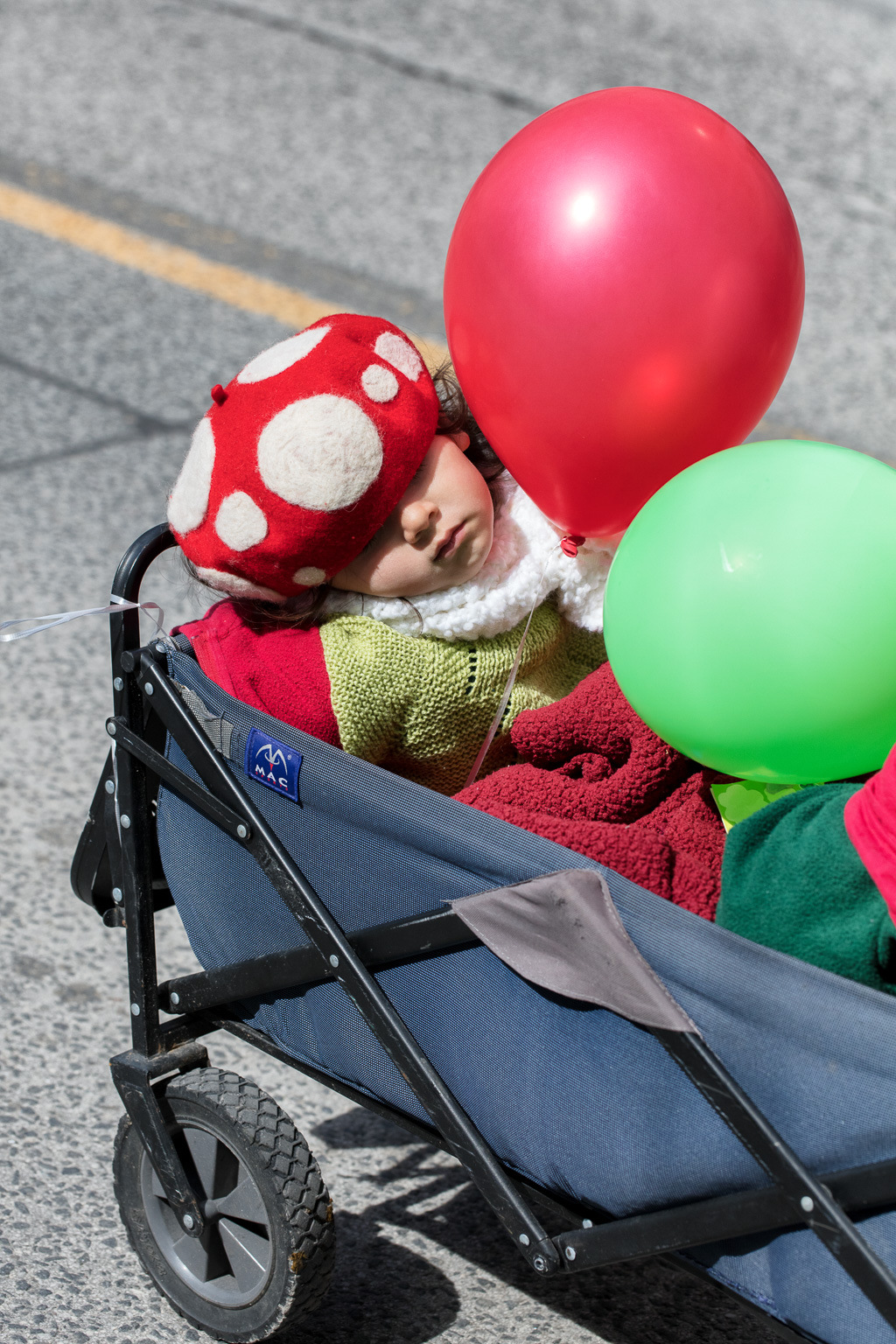
My theme for April is taking candid photographs. Candid shots are a mainstay of street photography. What makes a photograph candid is the absence of reciprocity in the interaction between photographer and subject. Where, in the case of a street portrait, there is almost a contractual exchange, in the case of a candid shot, the encounter is emphatically one-sided. The photographer takes the shot without the subject’s permission because, most of the time, the subject is unaware that anything has happened.
Obviously, I am a practitioner of candid photography. However, I acknowledge that, for many, it is an ethical quagmire. For many, especially for those who catch me in the act, the candid photograph is an invasion of privacy.
The answer to the privacy objection is that it depends on the circumstances. The legally protected right to take photographs varies from one jurisdiction to the next, so there is nothing I can say that is universally applicable. For example, I once had a woman tell me I was in violation of the Canada Privacy Act to which I responded that the Canada Privacy Act has almost nothing to say about photography in any circumstance. However, she didn’t believe me, just as she didn’t believe me when I told her I used to practice law in the Province of Ontario so I might actually know what I’m talking about.
In general, Canada’s Anglo-speaking provinces (Québec is a different matter) treat photography as a right if it occurs in public space because nobody has a reasonable expectation of privacy in a public space. In fact, most Canadian jurisdictions go so far as to treat it as a constitutionally protected form of speech. Like all rights, it’s not absolute, but as long as you’re not a pervert or a terrorist, your photographic habit is probably protected. That means that, in law, if I am standing on a street corner, I don’t need your permission to take your photograph.
Law and ethics are two different beasts, and the fact that I may be legally entitled to take your photograph doesn’t mean it’s right for me to do so. This leads to the next objection: public photography is protected by Anglo-Canadian jurisprudence which means that, in effect, it is a creature of our colonial history. In keeping with our colonial history, a photograph can be construed as a form of exploitation. That exploitation can happen along any number of axes: age, gender, sexuality, race, religion, class. Some, like Susan Sontag, go further and suggest that taking a photograph is an act of violence.
A possible answer is that there are countervailing values at play, like the importance of representation and documentation, that offset concerns about exploitation. If we can’t provide our progenitors with a rich visual account of their past, then we impoverish the imaginative ground they tread as they move forward. The trick, from a photographer’s perspective, is to balance competing concerns in a way that preserves the subject’s dignity while keeping one eye on the context in which the photograph will appear.
Matters of photography and ethics are beyond the scope of a single tiny blog post. My inclination is to hold ethical concerns in abeyance, bringing them to bear on each fresh situation, but resisting the temptation to suppose that these matters will ever be resolved with finality. Even with the passage of a few short years, we see how our frame of reference, and the language we use to give it shape, reform themselves beneath the pressure of changing social expectations. If we supposed that we had finally resolved the matter now, we’d only look like fools 20 years from now.
So I proceed provisionally. The images I offer this month I offer as provocations with the hope that they prompt considered reflection on the purpose and value of photography.
Note: Nothing in the foregoing may be construed as legal advice. If you have concerns about photography-related privacy issues, retain the services of a legal professional.